How valuable is a unicorn?
Apparently, if you live in Silicon Valley, you can buy a unicorn for a cool billion. Successful companies from “the valley” and beyond have convinced entire masses of people that their product is better, cheaper, faster… the list goes on.
What is it about the value proposition of a successful company that is so convincing to customers?
Value proposition examples from companies now valued at over one billion dollars are great lessons in how to convey what your company does to the general public. How do you explain what you do so well that a kindergartener will understand? This is the essence of a successful value proposition.
Continue reading or jump to our infographic to learn more about value propositions, see examples of successful strategies, and discover tips to write your own.
What is a Value Proposition?
Simply put, a value proposition explains what your company does.
It is the offer a person, entity, or company makes to deliver a helpful good or service that would otherwise cost more than the fair value being exchanged.
The basic value proposition of an auto mechanic, for example, is the provision of tools and expertise to fix your car at a relatively low cost. You could learn how to fix the car yourself and purchase the necessary tools, or spend a fraction of the time and money with a mechanic.
Universities, factories, and restaurants all have a similar value proposition. They provide the infrastructure and skilled labor necessary to deliver goods and services — in this case, degrees, devices, and dinner — at a lower price per unit than would otherwise be achieved.
Value propositions should explain what the problem is and how your product or service intends to solve it. As technology progresses, this typically comes in the form of an improvement upon how things have been done in the past.
Let’s consider food delivery as an example. In the past, food was only delivered by a select group of restaurants (mostly pizza joints) who employed their own fleet of delivery drivers. With the help of mobile devices, however, food delivery apps now dispatch their delivery fleets to accommodate more restaurants at a low cost.
Not only does this provide more low-cost options to more customers, it also unlocks more revenue for restaurants while simultaneously eliminating the need to employ drivers. How’s that for delivering value?
Value Proposition Lessons From Elevator Pitches
An elevator pitch is a prompt description of your product or service usually within the metaphorical 30-second window you would have to pitch an investor while riding in an elevator together.
The elevator pitch is a way to articulate your value proposition to make the most impact with the least amount of words. Since the average visitor to your website, app landing page, or app store listing stays for about a minute, this is your chance to perfect the value proposition.1
When writing a powerful value proposition, instead of impact per word, you must measure impact per syllable. The clearest and most concise ones are 10 syllables or less. All things considered, these could be some of the most profitable syllables for your business.
Let’s see how some of the most successful companies formulate their value propositions.
21 Value Proposition Examples From Billion Dollar Unicorns
A billion-dollar business is not built entirely on a value proposition, but it is a tool that allows them to convince people of the value in their products and services.
So what are some of the best examples we’ve seen?
Here is a list of 21 value propositions from companies who have reached a valuation of $1 billion or more.
01. Khan Academy

“You can learn anything.”
Khan Academy is mission-driven. Their value proposition speaks to what they want to contribute to the world: Free education for all. They also take the flattery approach, giving users the self confidence necessary to embark on a class.
This methodology can be powerful when users act on this moment of high self-esteem and decide, “Yes, I can learn anything.”
Khan academy’s twitter bio is more of a mission statement but contributes to their value proposition: “free world-class education for anyone, anywhere.”
Use this within your strategy to appeal to what might motivate users to sign up for your product or service.
02. Airbnb
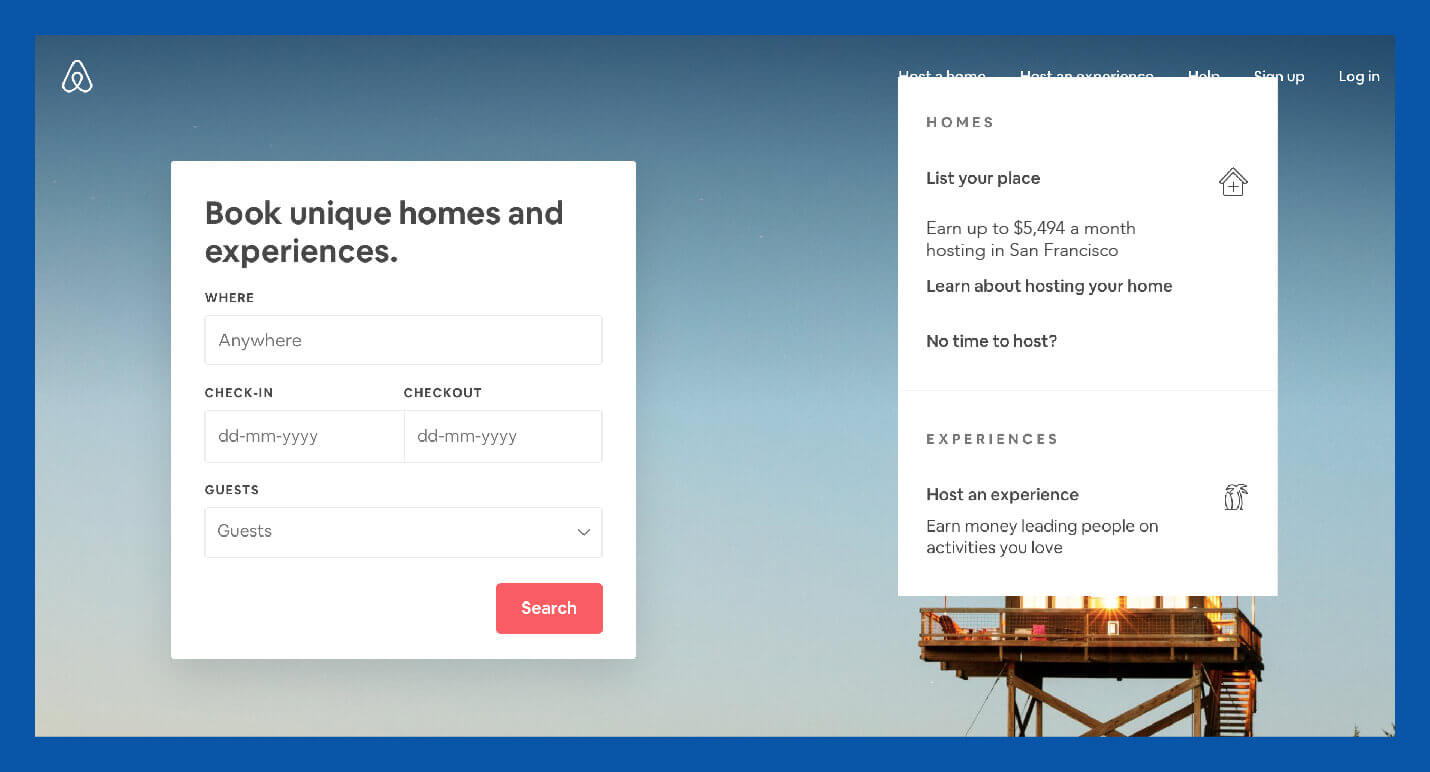
Describing what your product or service does is one of the most important parts of the value proposition. It could be easy for large, popular companies like Airbnb to forget that there are still people unfamiliar with what their service does.
But they don’t. Instead, Airbnb explains their value proposition clearly to both previous users and to those who’ve never heard of the business.
Airbnb has an even more explicit value proposition for hosts, seen on the right side of the home screen. They use your location to determine the monthly income the average host generates from listing their home on the service.
Addressing both guests and hosts with separate but equally powerful propositions, allows Airbnb to scale rapidly. If you serve more than one target audience, be sure to separately address what value you can add to both parties.
03. Evernote
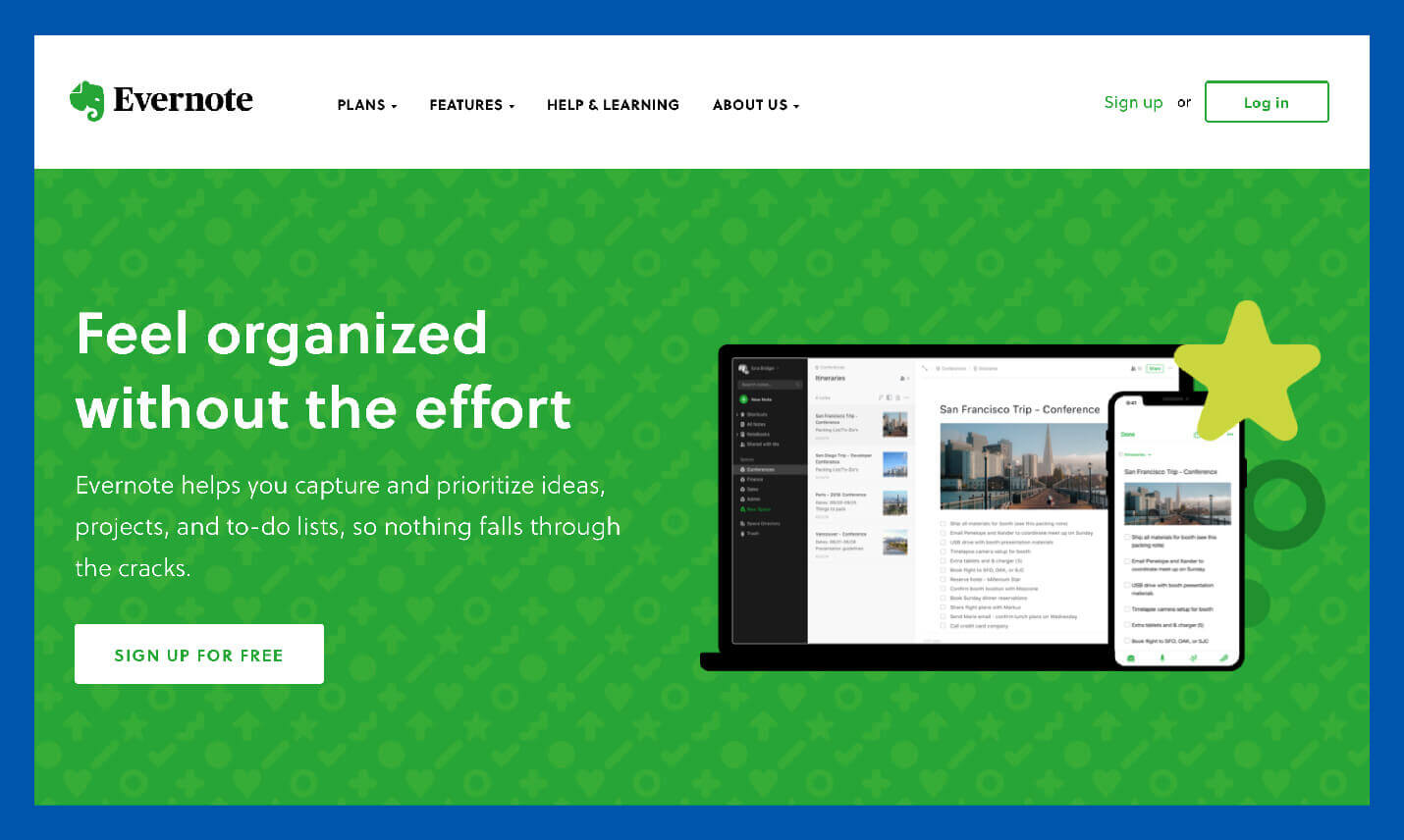
Evernote’s value proposition addresses two problems at once.
Most people would probably agree that feeling disorganized is negative. We all want to be productive and efficient in our work and personal lives, but sometimes struggle to find the time to take the necessary steps.
Evernote offers the perfect solution: Organization without effort. Take my money.
If your value lies in being faster or better, make this competitive advantage explicit.
04. Twitter
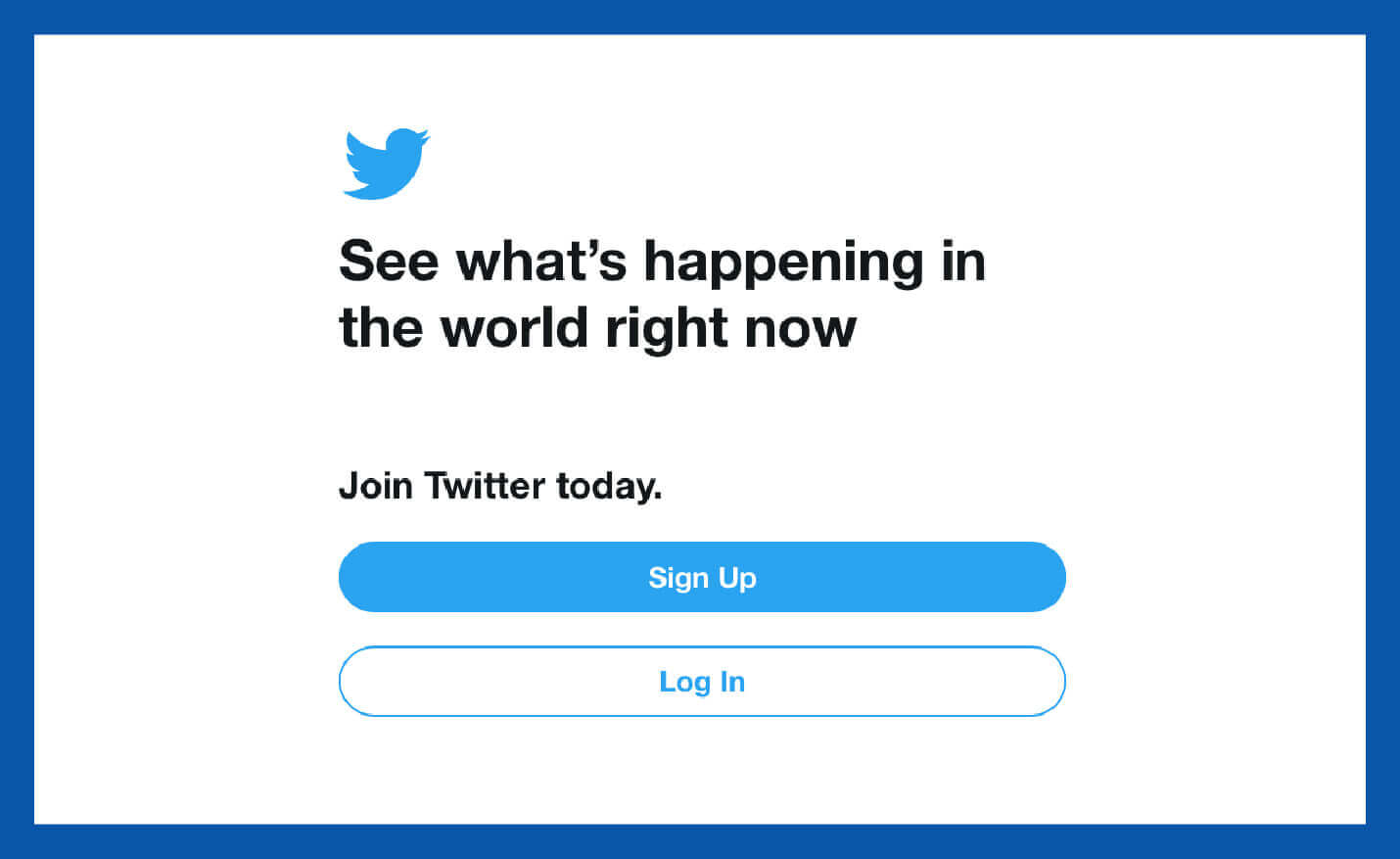
Jack Dorsey, co-founder and current CEO of Twitter, has cited his long-time obsession with real-time activity within cities as inspiration for the eventual creation of Twitter.2 Typically, as companies evolve and products pivot, value propositions will change as a result. In Twitter’s case, the value proposition remains dedicated to the goal of connecting the world in real time.
When writing your value proposition, consider how you envision your product changing the world through your mission. Think of it as the missionary for your product — what is the gospel you want to preach?
Paint the bigger picture to convince potential users of the importance your product plays in the world — and more specifically — their lives. Use words that spark a sense of inclusion, such as Twitter’s use of “Join,” which makes people feel that they are not just signing up, but joining in the conversation and contributing to what’s happening in the world.
05. Pandora
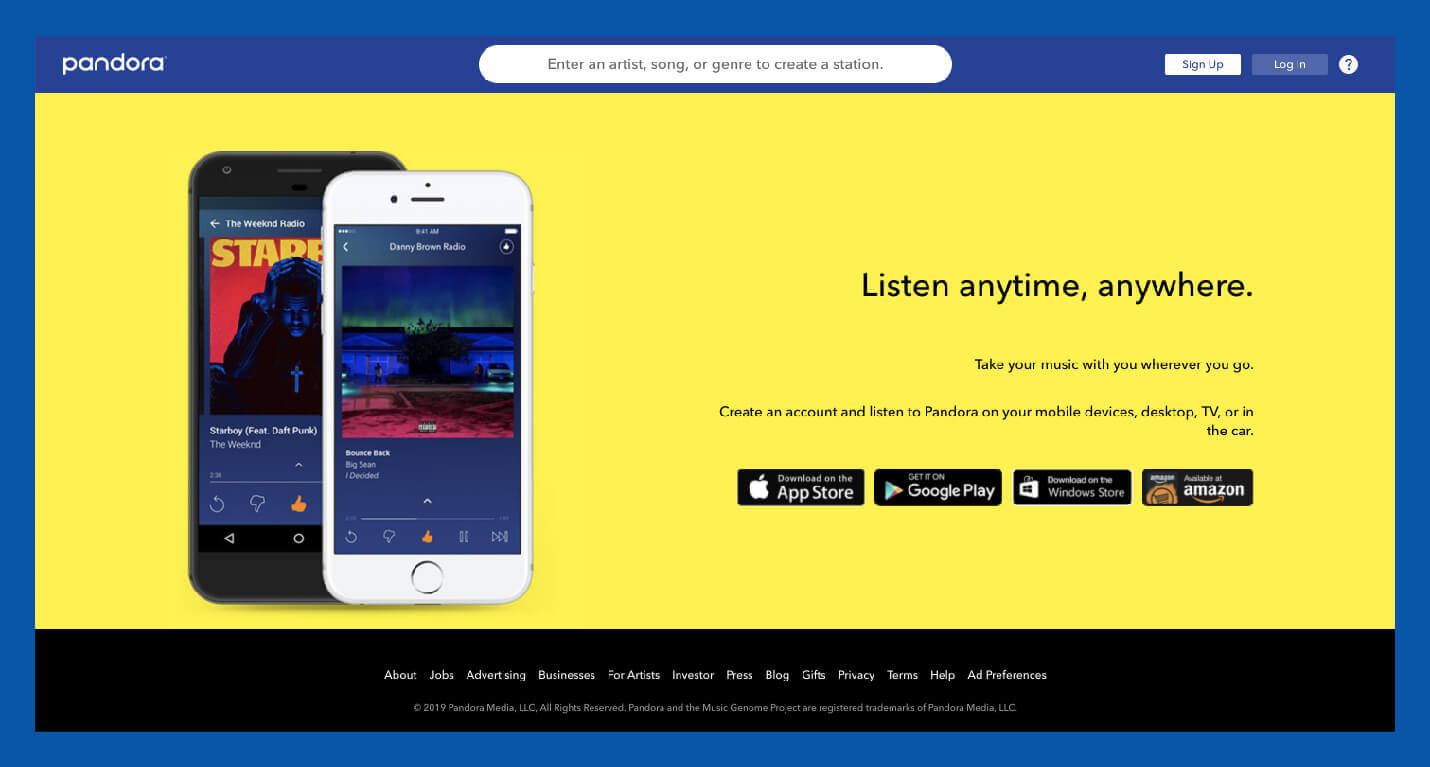
“Listen anytime, anywhere.”
This value proposition from Pandora does a great job defining the product but also the cross-platform availability of their product. The confidence associated with bold words like “anytime” and “anywhere” also signals the offline capabilities of the product.
When using bold words that describe compatibility or functionality, accuracy is important. If Pandora didn’t work offline or on Windows products, this value proposition would be very frustrating to users who were oversold.
Include information to back up your statement. If you advocate your mobile app works anywhere, and proceed to only offer an iOS option, this would not support your claim.
06. Formlabs
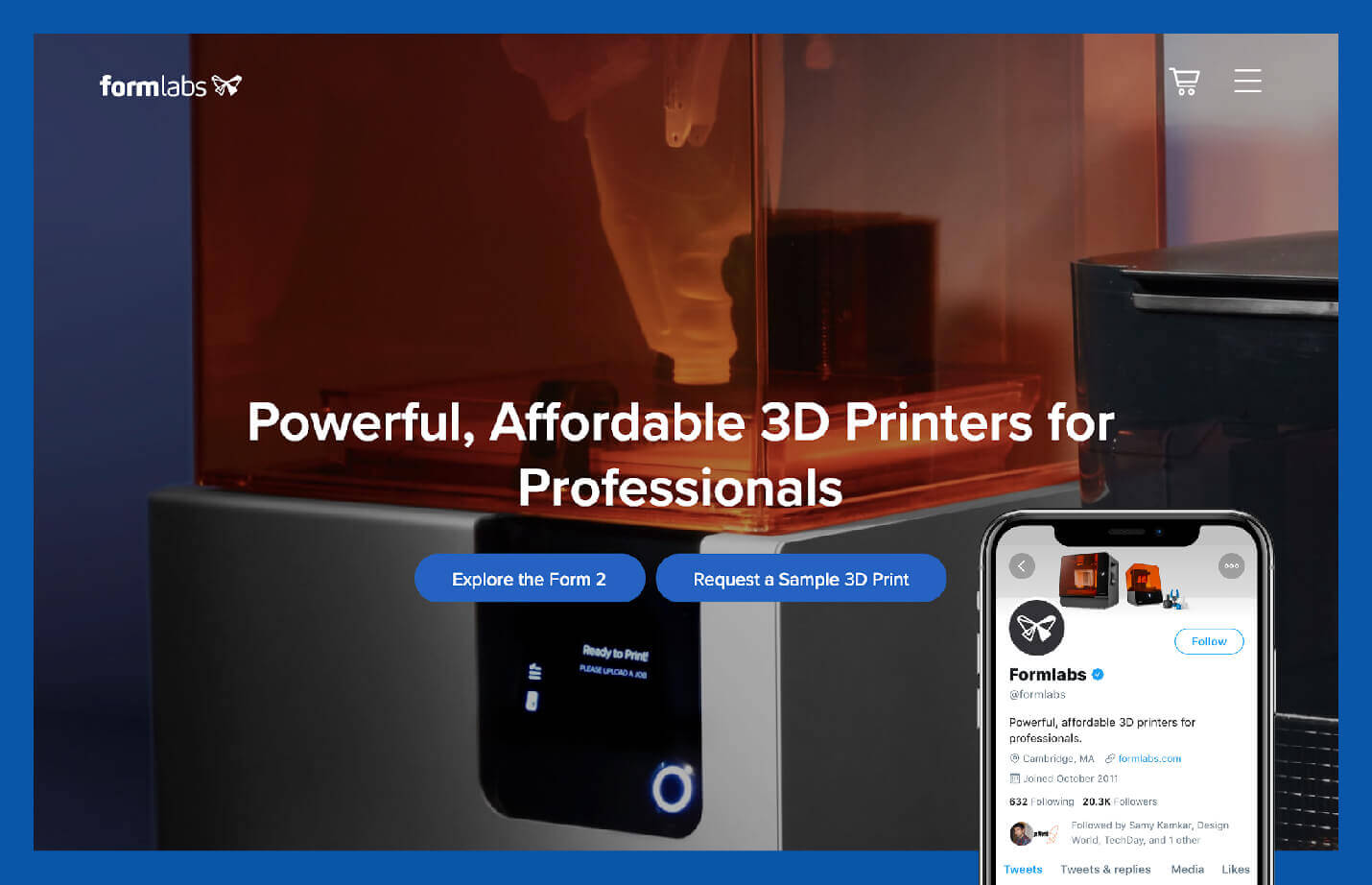
Formlabs covers a lot of ground within a single sentence. They include what the product is, who it’s for, and what makes it competitive — price and power.
When writing a value proposition you should always strive to answer the most frequently asked questions a new customer would have, as soon as possible. Being concise is powerful as long as it’s not at the expense of being informative.
Formlabs also keeps their value proposition concise across platforms. This opens up customer discovery on social platforms and keeps the reader (or follower, in this case) well versed in the company’s value prop.
07. Postmates
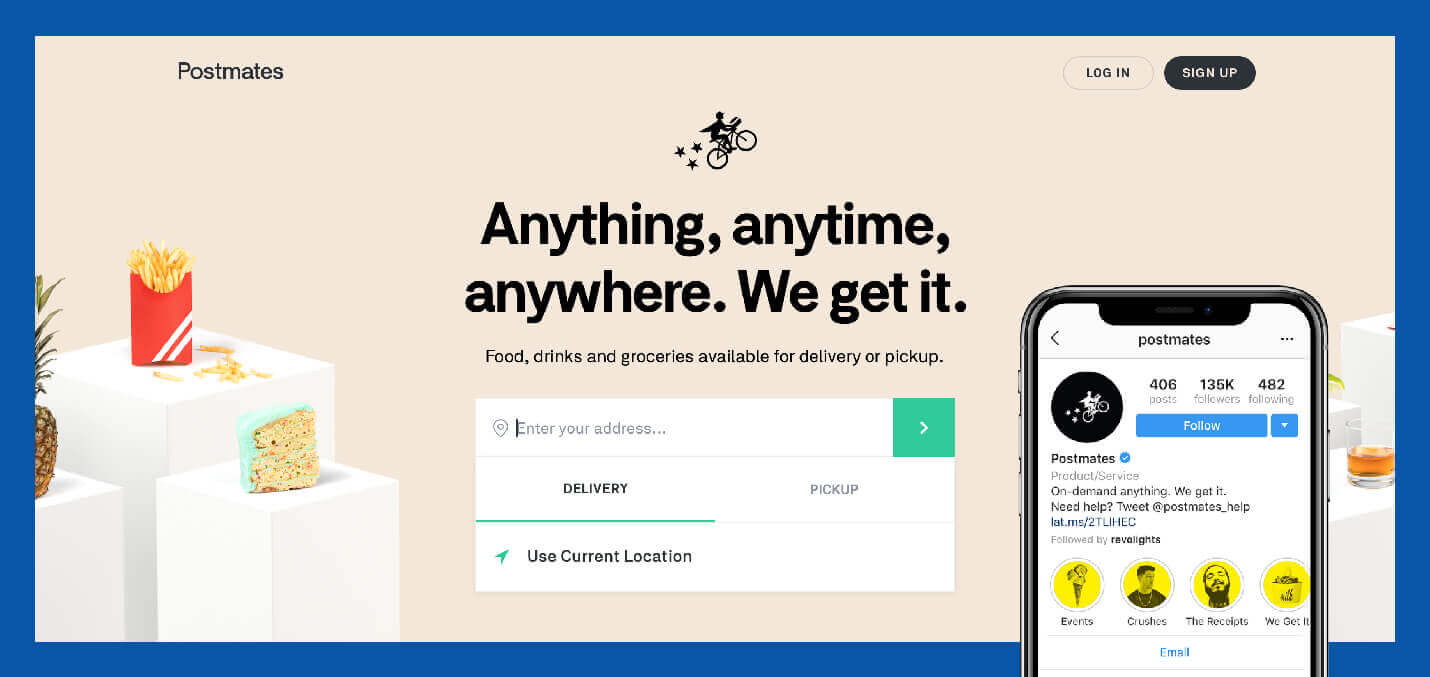
Postmates makes bold claims. We’ve already discussed the power of making bold assertions about a product’s capabilities and compatibilities, but we should include a word of caution.
It’s important to determine whether a disclaimer should accompany your assertions. In this example, the “anything” begs the question of what Postmates can actually deliver — does this include prescription drugs or other legal gray areas?
When making assertions about what the product or service can deliver, err on the cautious side of bold claims. If there are legal uncertainties or a disclaimer is required to accompany your value proposition, consider making it more directly align with what your product or service does.
08. Nextdoor
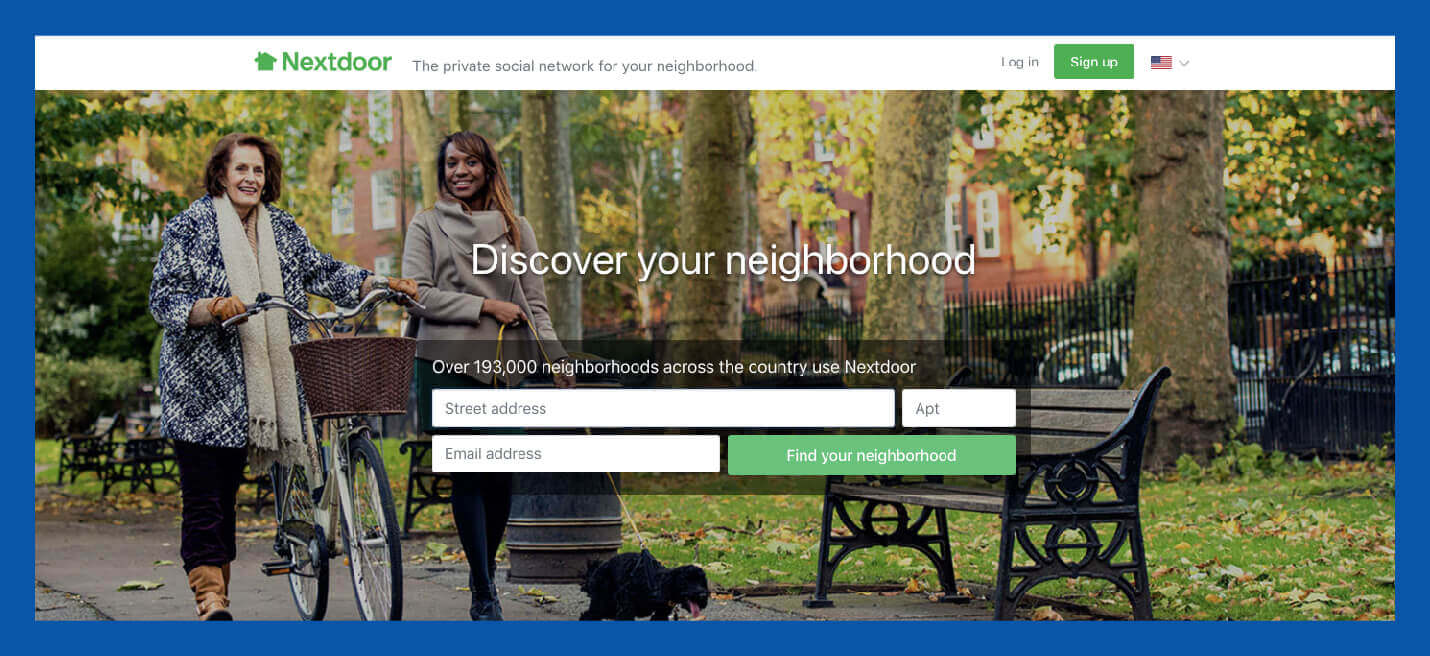
Nextdoor’s value proposition is very simplistic, and borderline vague, but the supporting imagery makes for a powerful combination. An image carousel on the main page depicts intriguing social interactions as the implied result of discovering one’s neighborhood.
When crafting a powerful proposition do not forget the maxim of “a picture is worth a thousand words.” Well-used images can go a long way in supporting your message.
09. Asana
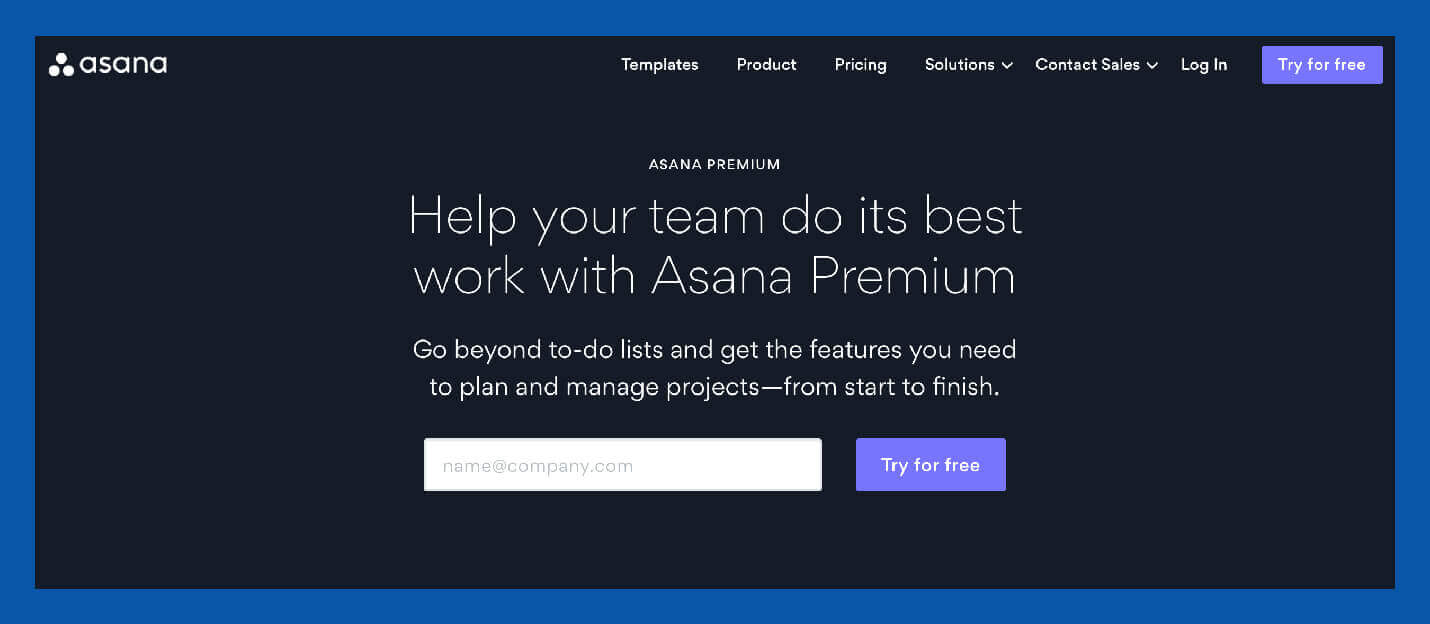
Asana appeals to a person’s motivation to perform meaningful work and have a positive impact on the world. In fact, 90% of people report the willingness to take a pay cut in exchange for more meaningful work.3
When writing a value proposition, appeal to the problems faced by a large percentage (if not 100%) of your total market.
10. Shopify
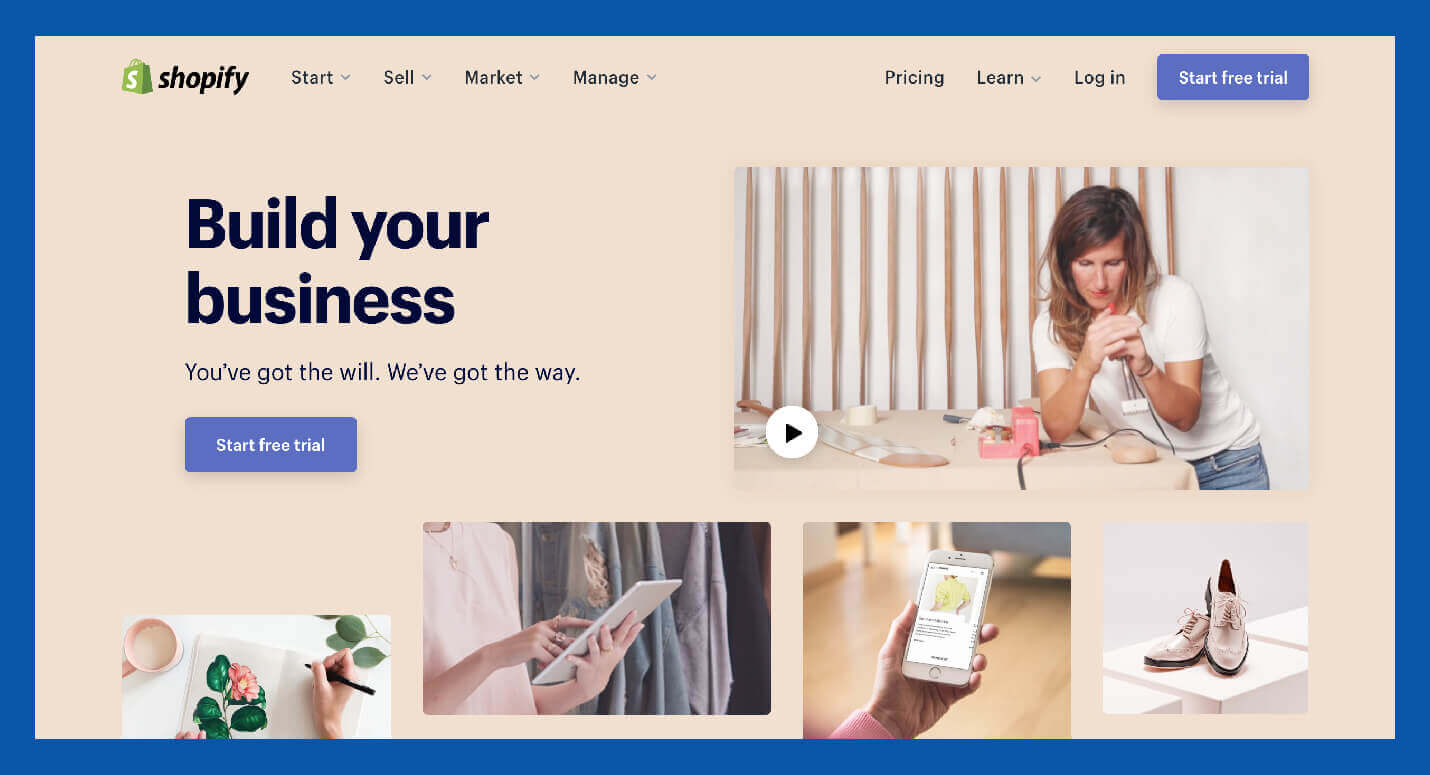
Shopify incorporates the ethos of their target audience within their value proposition: entrepreneurial grit. Building a business is no easy task but Shopify does a good job of stimulating the ego (“You’ve got the will”) and providing a solution (“We’ve got the way”).
Shopify’s main value proposition, “Build your business,” is also our shortest example by syllable count. Keeping word and character counts short will ensure simplicity, but not clarity. If users are unaware of the semantics you will lose the rare opportunity to convince them to take action.
Understanding the demographics and psychographics of your audience and explaining what value you can offer them is important when connecting with them.
11. Zocdoc
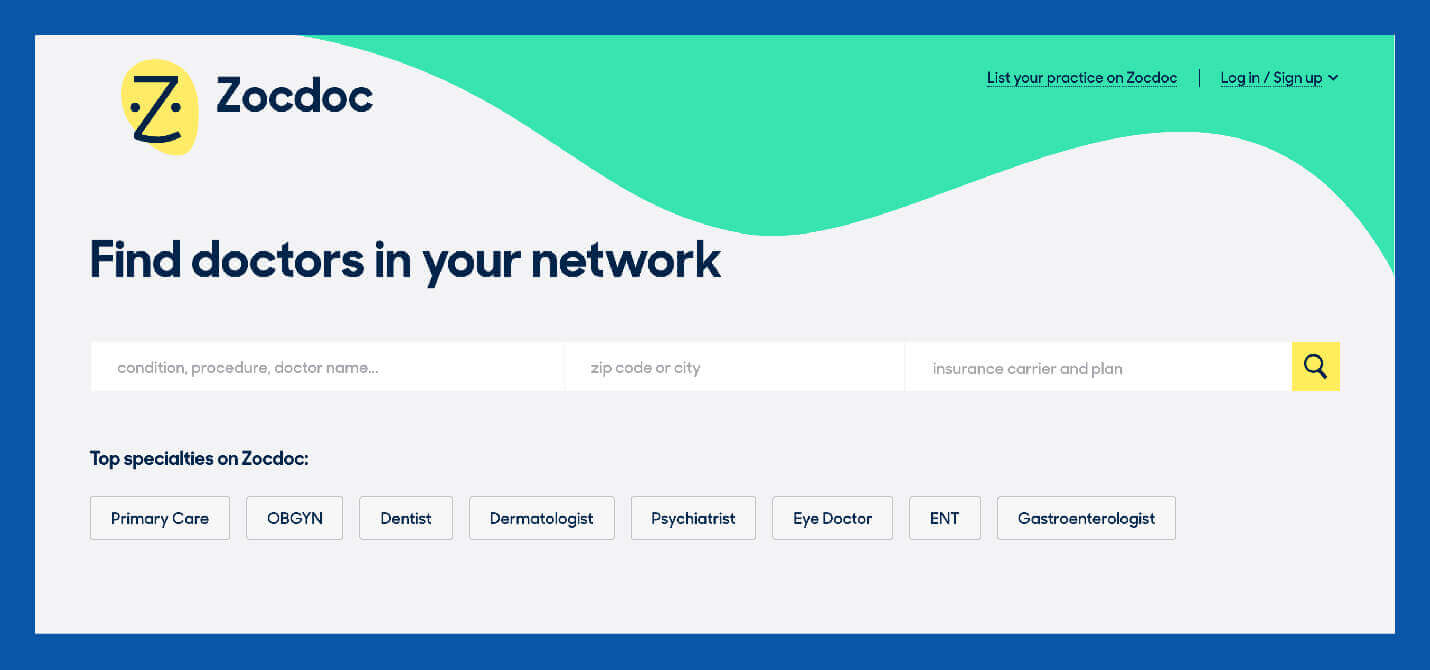
Zocdoc cuts the fluff and gets right down to business. Being direct and matter-of-fact is a great strategy for quickly conveying what your product does — especially if your product aims to serve a large and wide-ranging demographic.
If your product targets a large majority of the population and potentially less tech-savvy demographics, it’s imperative the value proposition is easy to understand. Don’t be afraid to get to the point.
12. Plaid
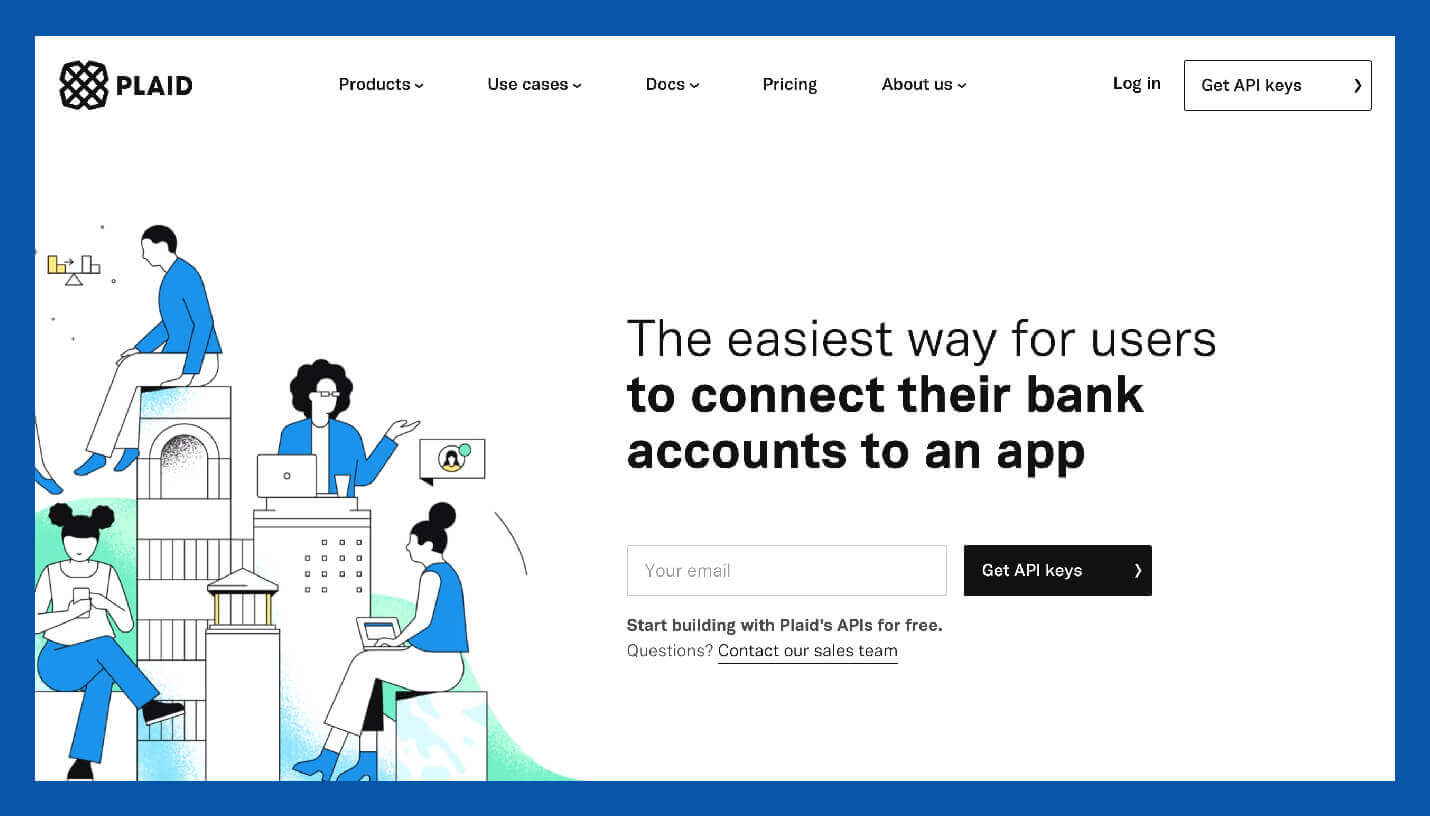
When a company’s name does not imply what they do, like “Plaid” in this example, it’s worth the extra syllables to be more verbose.
Consider the order of importance when structuring your value proposition. It’s typically more important to focus on what your product does and who it serves — leaving other details such as pricing for another time.
Ask not what your customer can do for you, but what you can do for your customer.
13. Credit Karma
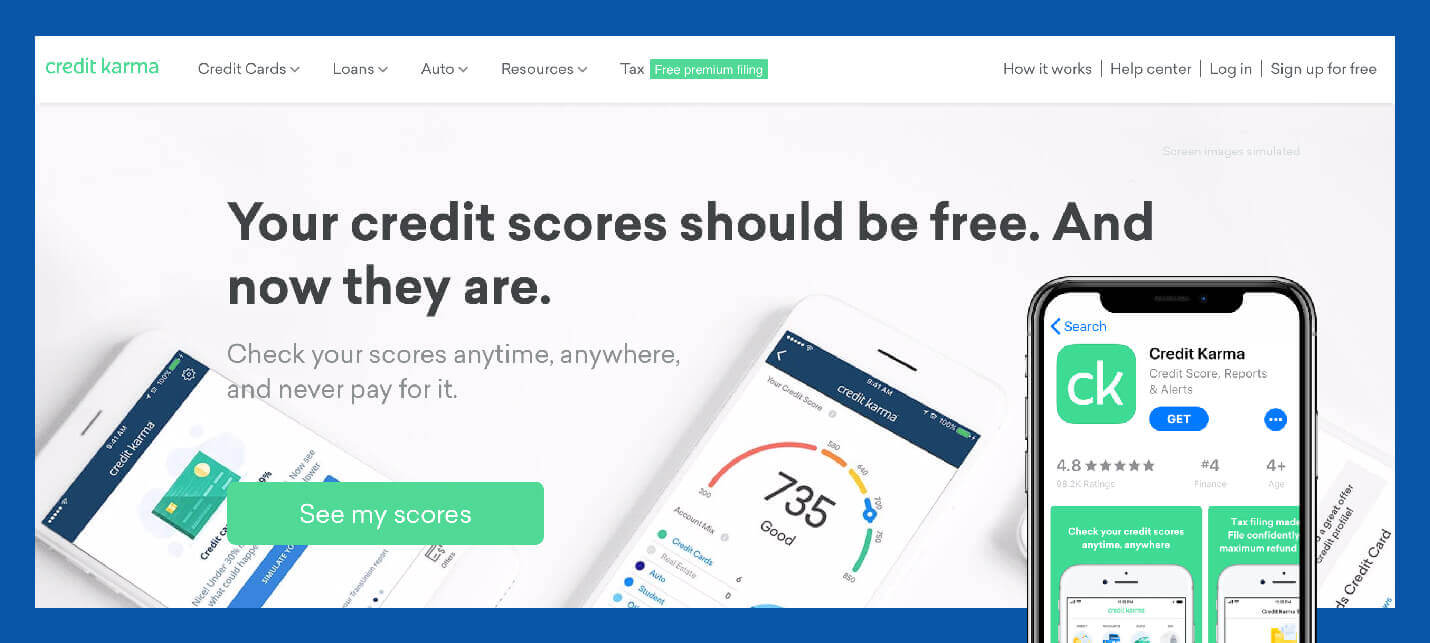
Repetition increases the likelihood that users will understand what a product is and remember the brand later. Credit Karma uses this powerful marketing tool to attract users to their free credit score check service only to introduce more products later.
From the top down, they mention “credit” twice and “scores” thrice. Credit Karma includes a sentence with “anytime, anywhere” which supports the imagery that their mobile app offers users the opportunity to keep their credit score in check at all times — for free.
For a more informative and memorable value proposition, use relevant keywords and repeat them to drive home the value proposition.
Credit Karma sticks to their strategy within the App Store as well. Their app description and screenshots contribute to the usage of their most valuable keyword, which also signals what value they add for users.
14. Robinhood
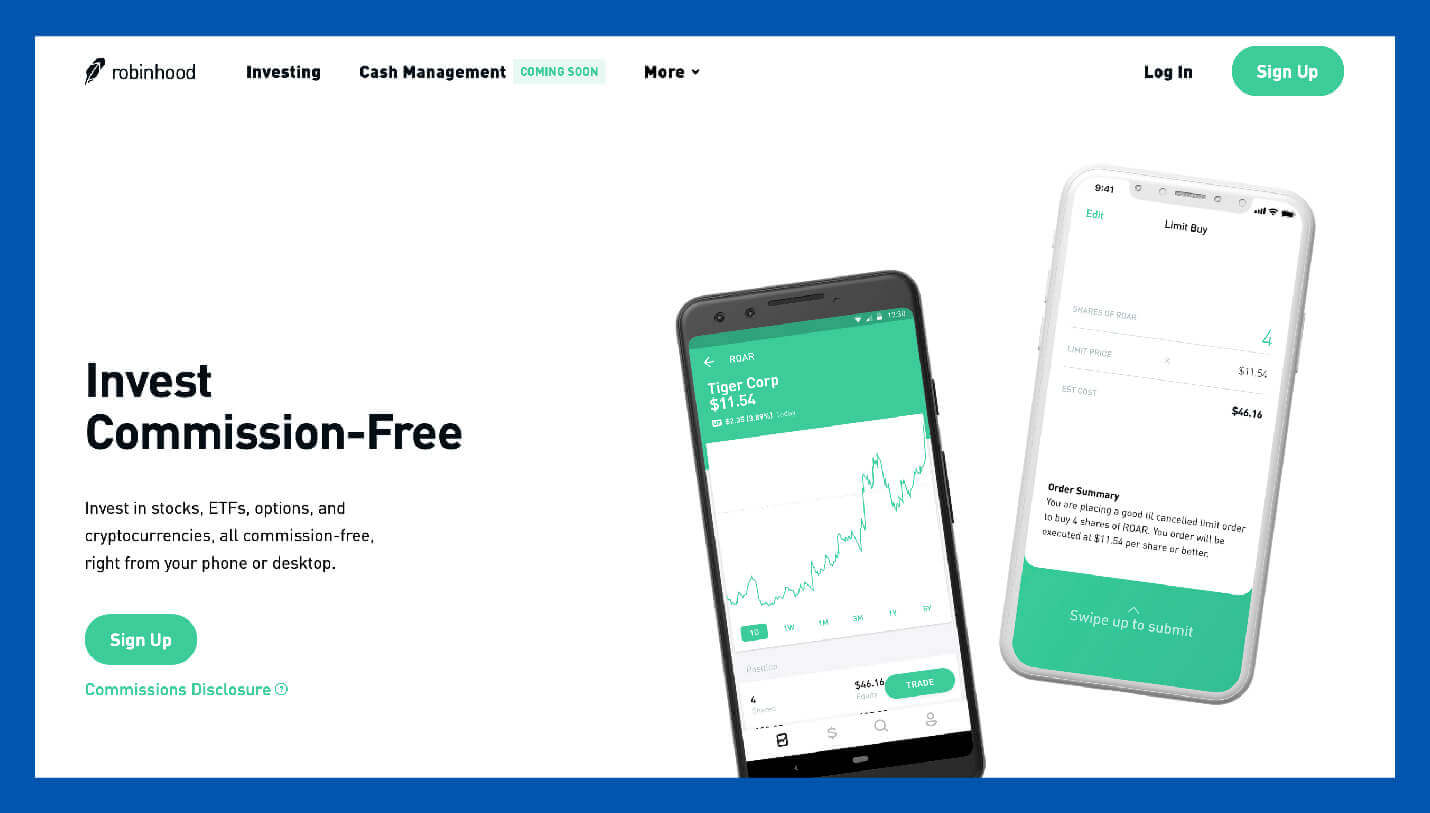
We said earlier that a picture is worth a thousand words. Well, a simple and beautifully designed picture of your product must be worth two thousand, at least. Robinhood uses imagery to show how simple it is to invest commission-free with their app.
Use screenshots of your product to simplify the value proposition and simultaneously make the product more approachable.
15. Instacart
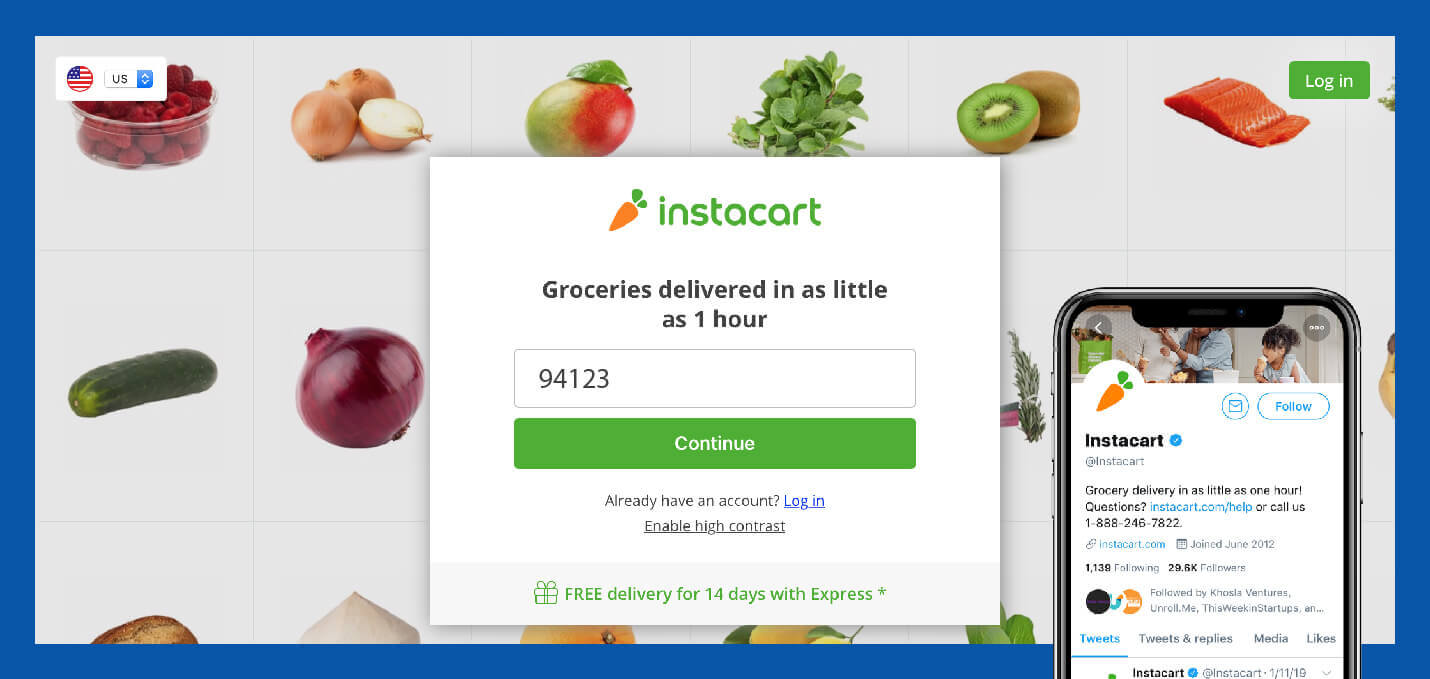
Instacart conveys both the convenience and timeliness of their product while not setting expectations too high (i.e., “in as little as 1 hour”). Most businesses have lots of moving parts that can sometimes break, and setting expectations straight from the start is essential.
If Instacart had gone with “Groceries delivered in 1 hour,” they would have made unattainable claims (and set themselves up for a ton of lawsuits). Do not set unreasonable expectations, but don’t sell yourself short either.
16. WeWork

WeWork did something interesting here. The product they provide is workspace and they deconstructed the word to make it more simplified. Being more explicit, such as, “Workspace to Elevate Work,” could feel clunky.
Strategic wordplay can make the value proposition as concise as possible without losing semantic understanding. Plus, it can make you stand out from the crowd of other boring pitches.
17. GoodRx
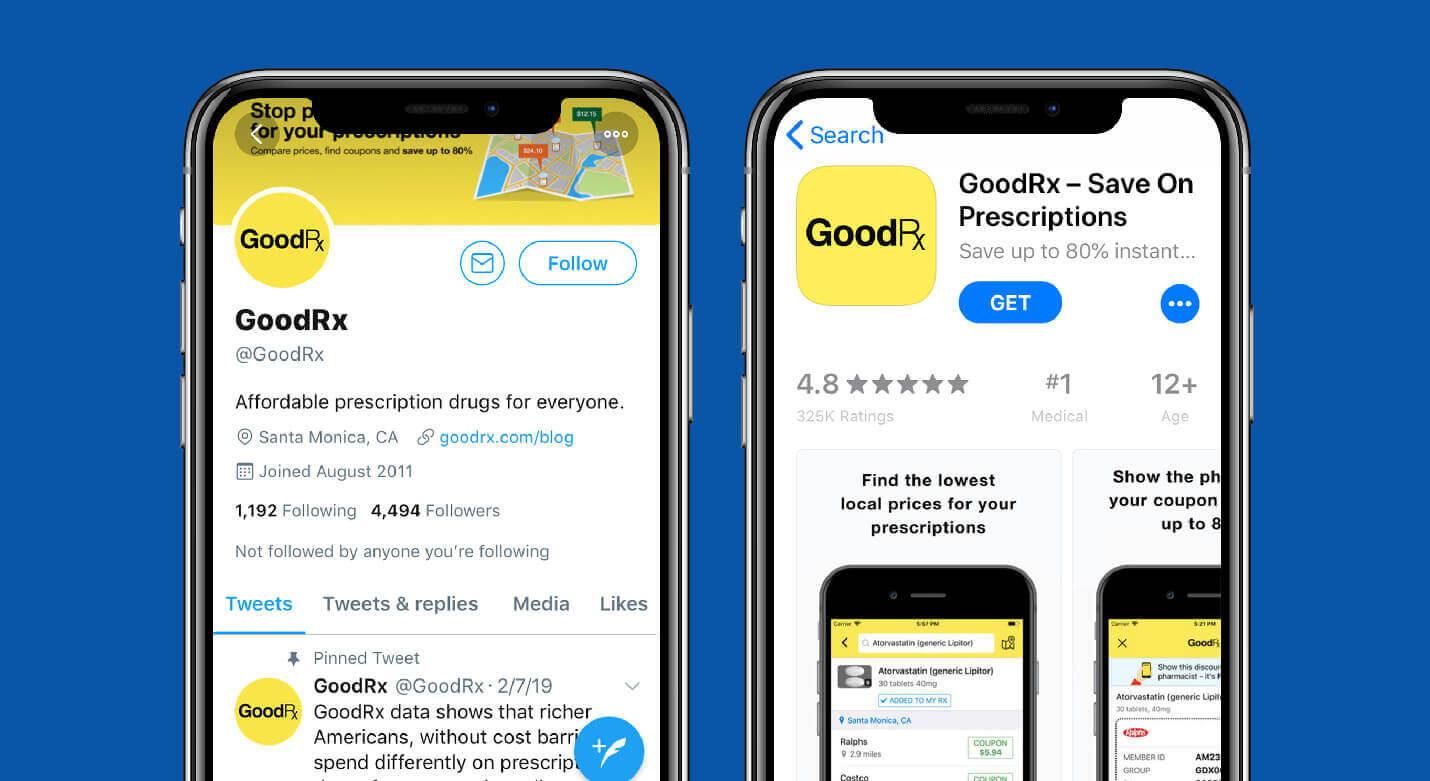
GoodRx chooses different strategies for their various platforms. For twitter they create a sense of community, which fits the narrative of that particular platform. Their App Store listing is even more direct: “Save On Prescriptions.”
This statement alludes to the problem at hand. Overpaying for prescriptions is a problem, making them affordable and saving customers money is GoodRx’s solution.
If the problem is enough evidence of your solution, use the problem to describe the solution.
18. Kabbage

Kabbage uses a familiar face and a bit of humor to reinforce what their service does. Business funding can be a dry subject, but in the case of Kabbage, they make it seem fun without losing any context of what they do.
If a familiar face is not within the budget or available, comedy is still a great way to make a value proposition more engaging for readers.
19. Letgo

Letgo is a platform, which means they connect two parties. They do a good job of addressing this within their value proposition. Not only can you buy secondhand stuff on Letgo, but you can also sell.
In fact, the screenshots in Letgo’s App Store listing focus first on the sell side: “Make Money selling on Letgo.”
If your product serves multiple parties, attempt to make this clear. Expanding your audience beyond just one party (i.e., just buyers, or just sellers) does wonders for your company value.
20. Omio

When value can be provided immediately, do it. Omio does a great job of keeping the actual value proposition secondary while focusing on the interface that can add actual value to the reader.
Bolster your value by providing usability for readers immediately. This is a great strategy for combining your call-to-action and value prop.
21. HotelTonight

This last example is more about the product name. HotelTonight’s value proposition is embedded in their name — no pun intended. While this is not always possible, it is a consideration you should take into account when naming new products and features, if not the entire company.
Value Proposition Tips
Whether you’re on the exponential growth track towards becoming a billion-dollar business or you’re the proud owner of a small business, these examples can provide insight and guidance into what is effective.
Some of the strategies you should consider when thinking through your value proposition are:
- Describe the problem
- Explain your solution
- Add context with images
- Balance semantics with syllables
- Focus on the user
As your value proposition becomes clearer, more users will have an aha moment that will likely result in a more user engagement over the lifetime of your customer relationship. If you find the value proposition effective in converting new users, but find engagement and retention levels low, CleverTap can help!
Learn more about how to make your mobile marketing more data-driven and sign up for a demo to see how the CleverTap platform can increase engagement and retention. 

See how today’s top brands use CleverTap to drive long-term growth and retention
Subharun Mukherjee 
Heads Cross-Functional Marketing.Expert in SaaS Product Marketing, CX & GTM strategies.
Free Customer Engagement Guides
Join our newsletter for actionable tips and proven strategies to grow your business and engage your customers.














































